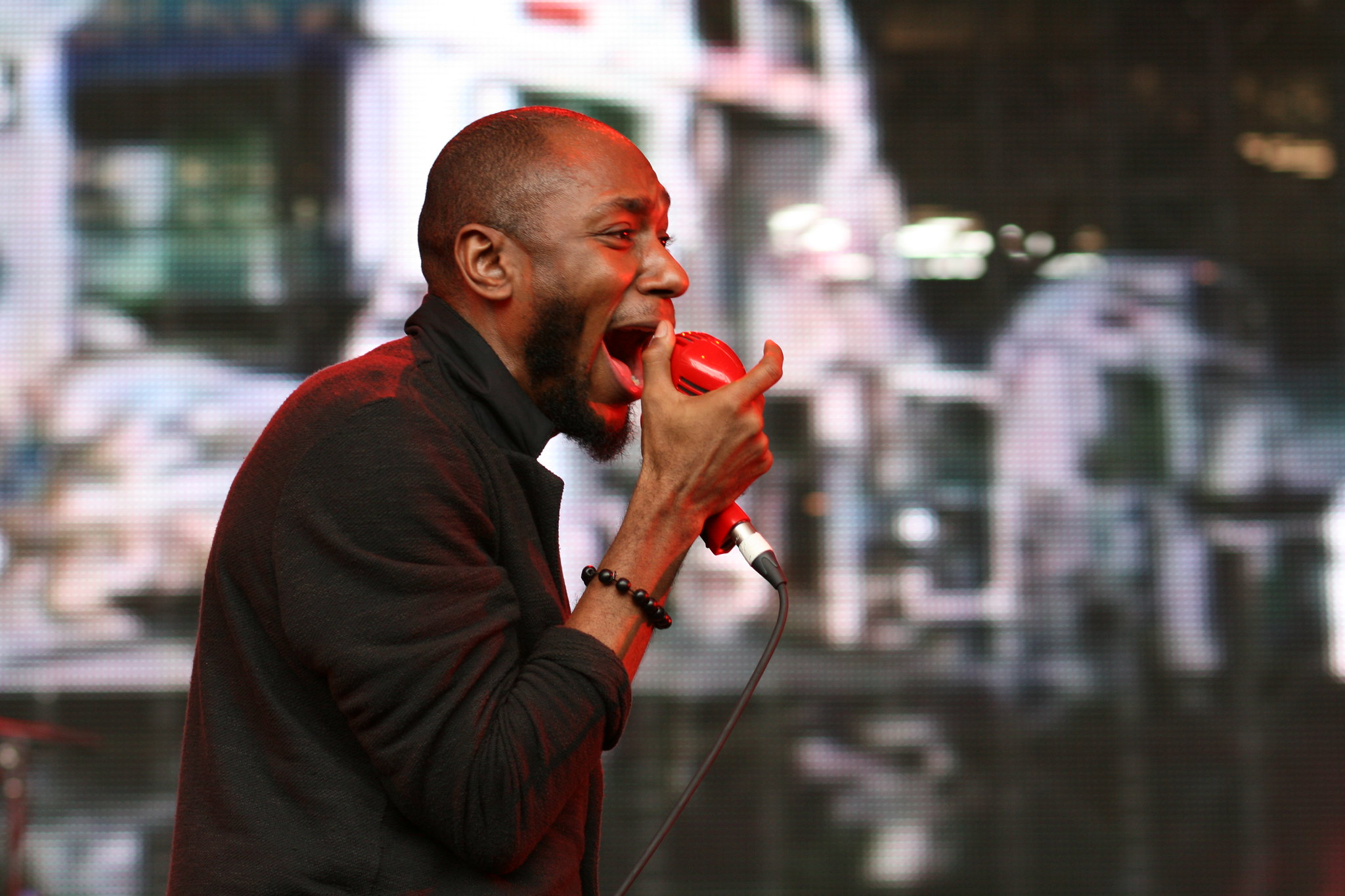Liner Notes: Mos Def’s “Black on Both Sides” Turns 21
Mos Def’s debut solo album is as relevant today as it was when it was released in 1999.

Welcome to Liner Notes, a collection of audio thumbnail essays that tell the story behind seminal albums that you know and love.
This month marks the 21st anniversary of the release “Black on Both Sides,” the dazzling and transcendent solo debut of Mos Def (now known as Yasiin Bey).
The album fulfilled the promise and potential seen on Mos Def’s previous work with Talib Kweli on the now-classic “Mos Def & Talib Kweli are Black Star.” “Black on Both Sides” not only spotlighted Mos Def’s intricate wordplay and nimble rhythmic skills but also showcased a broad and ambitiously eclectic sensibility, with a primary focus on hip-hop that featured forays into reggae, soul and funk.
Hear a song-by-song analysis of “Black on Both Sides”:
A Cultural Crossroads
Rap was at a critical juncture in 1999. The culture of hip-hop and rap were becoming two distinct and separate entities while occupying space under the same umbrella. Sociopolitical conscious hip-hop acts such as De La Soul, Common, The Roots, Outkast, and Lauryn Hill offered thoughtful narratives and eclectic sonic textures to their music with an intelligent and progressive bent.
Then there was the more commercial side of hip-hop and rap led by Juvenile, the Cash Money records crew, Hot Boys, Sean Combs and the roster of Bad Boy Records who had a more mainstream focus.
Mos Def clearly wasn’t about gangsterism, bling, or any of the other tropes that would take over hip-hop over the next decade. That made him perfectly groomed to advocate for hip-hop’s conscious side at the turn of the millennium with a sophistication and cultural stewardship that took it out of the boroughs of New York and introduced it on a global scale.
In one fell swoop, Mos changed the narrative from local Blackness to global Blackness, while bringing an international and spiritual perspective to Black culture.
The Enduring Legacy of “Black on Both Sides”
“Black on Both Sides” is as relevant today as it was in 1999 and has served as a blueprint for socially-conscious albums that blends underground sensibilities with mainstream ambition, including Kendrick Lamar’s “To Pimp a Butterfly,” Childish Gambino’s “Awaken My Love,” or J Cole’s “KOD.”
While the album showcases Mos Def’s lyrical abilities, it also spotlights his versatility as a producer and overall artist. He had a hand in producing or assisting with the production of the majority of tracks and he plays live instruments including bass, drums, congas, vibraphone and keyboards on a number of tracks as well.
It all adds up to a timeless album that is both a celebration of Black culture and Black thought-style and a watershed moment in hip-hop as a cultural touchstone.
Trusted, accurate, up-to-date
WDET is here to keep you informed on essential information, news and resources related to COVID-19.
This is a stressful, insecure time for many. So it’s more important than ever for you, our listeners and readers, who are able to donate to keep supporting WDET’s mission. Please make a gift today.
